In the world of wine, few varieties have made as dramatic an impact in such a short time as New Zealand Sauvignon Blanc. This vibrant, aromatic white wine has become synonymous with the country’s wine industry, capturing the hearts of drinkers worldwide. From its crisp acidity to its explosive tropical fruit flavors, New Zealand Sauvignon Blanc is a style that stands unmistakably apart.
The story of how this grape became New Zealand’s flagship wine is one of perfect climatic alignment and innovative winemaking. While Sauvignon Blanc has roots in France’s Loire Valley, it found a new expression in the cool, maritime regions of New Zealand. The country’s unique terroir, with its long sunshine hours and cool nights, allows the grapes to develop intense flavors while retaining refreshing acidity.
Marlborough: The Heartland of Kiwi Sauvignon
No discussion of New Zealand Sauvignon Blanc is complete without focusing on Marlborough. Located at the northeastern tip of the South Island, this region produces nearly 80% of the country’s Sauvignon Blanc. The Wairau and Awatere Valleys, with their free-draining, stony soils, have proven ideal for cultivating grapes with concentrated flavors.
What makes Marlborough Sauvignon Blanc so distinctive is its signature profile—a vibrant mix of passionfruit, grapefruit, and fresh-cut grass aromas, often with a characteristic bell pepper or herbaceous note. The region’s diurnal temperature variation ensures the grapes maintain acidity while developing complex flavor compounds.
Beyond Marlborough: Regional Diversity
While Marlborough dominates production, other New Zealand regions are making their mark with distinctive expressions of Sauvignon Blanc. Nelson, just west of Marlborough, produces slightly softer, more stone-fruit driven styles. Hawke’s Bay on the North Island offers richer, more textured versions often with subtle oak influence.
Perhaps most exciting are the emerging styles from cooler sub-regions like the Southern Valleys of Marlborough or high-altitude vineyards in Central Otago. These areas yield wines with incredible mineral intensity and restraint, showing that New Zealand Sauvignon Blanc has far more diversity than many consumers realize.
The Evolution of a Style
Early New Zealand Sauvignon Blancs were all about vibrant, upfront fruit. However, as vines age and winemakers experiment, the style has evolved. Many producers are now creating more complex, food-friendly versions through techniques like wild fermentation, lees aging, and partial oak maturation.
This evolution reflects the growing confidence of New Zealand winemakers. While the classic fruit-forward style remains popular, there’s increasing interest in wines that show greater texture and aging potential. Some premium examples can develop fascinating honeyed, toasty characteristics after 5-10 years in bottle.
Sustainability and Innovation
New Zealand’s wine industry has positioned itself as a leader in sustainable viticulture. Over 90% of vineyards participate in sustainability programs, focusing on water conservation, biodiversity, and reducing chemical inputs. This commitment to the environment resonates with today’s eco-conscious consumers.
Innovation continues to drive the category forward. From precision viticulture using drone technology to experiments with alternative fermentation vessels like concrete eggs and amphorae, New Zealand producers aren’t resting on their laurels. There’s a constant push to improve quality while maintaining the distinctive character that made their Sauvignon Blanc famous.
Global Impact and Future Challenges
The success of New Zealand Sauvignon Blanc has transformed the global white wine market. It created a template for aromatic, fruit-driven whites that many other countries have tried to emulate. However, maintaining this position requires navigating challenges like climate change, which may alter traditional growing regions, and increasing competition from other wine-producing nations.
Looking ahead, the New Zealand wine industry is focusing on premiumization—convincing consumers to trade up to higher-quality expressions. There’s also growing interest in single-vineyard and organic bottlings that tell specific stories about place and production methods. As the world of wine becomes increasingly crowded, New Zealand Sauvignon Blanc continues to reinvent itself while staying true to the vibrant, expressive style that started a revolution.
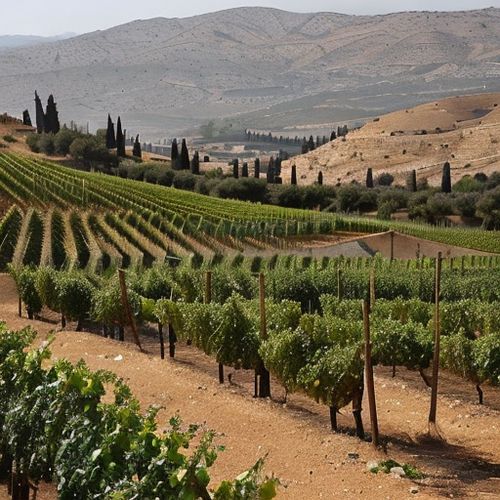
By Jessica Lee/May 10, 2025
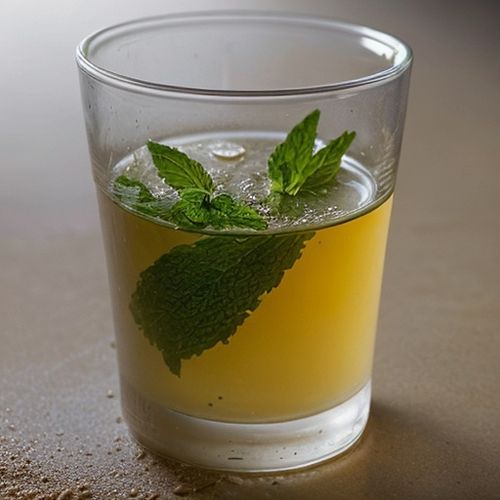
By Victoria Gonzalez/May 10, 2025

By Noah Bell/May 10, 2025

By Benjamin Evans/May 10, 2025
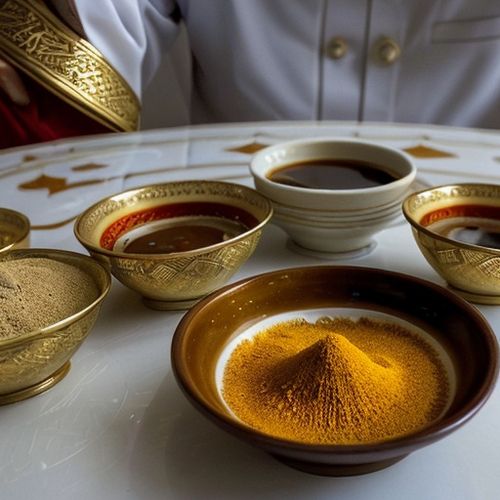
By Rebecca Stewart/May 10, 2025
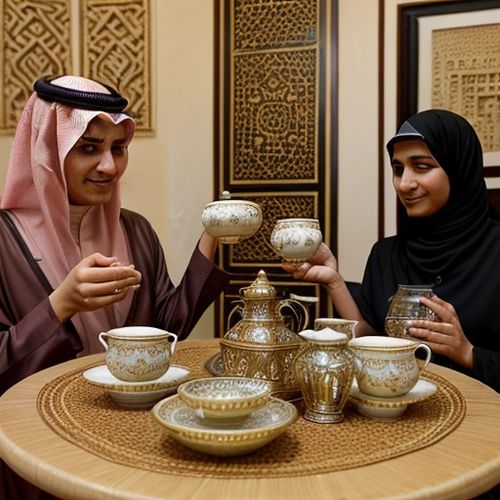
By Daniel Scott/May 10, 2025
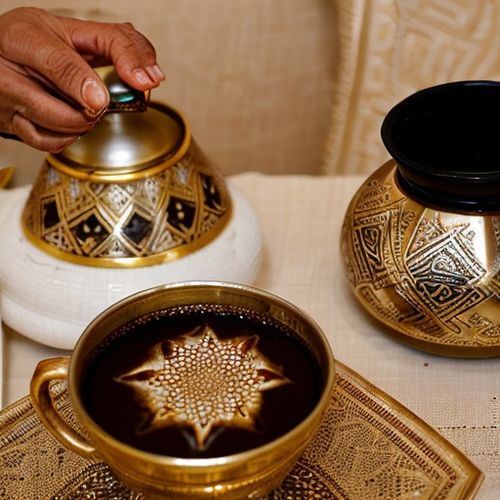
By Samuel Cooper/May 10, 2025
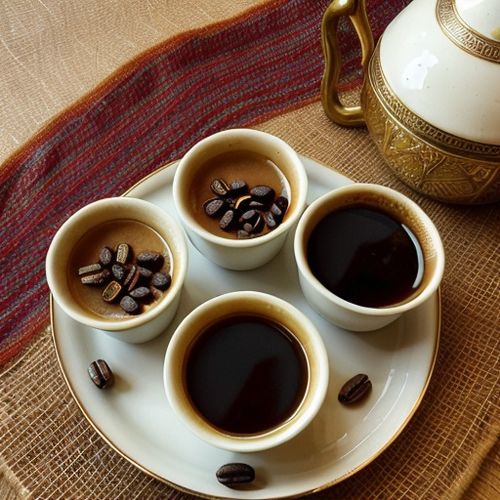
By Ryan Martin/May 10, 2025
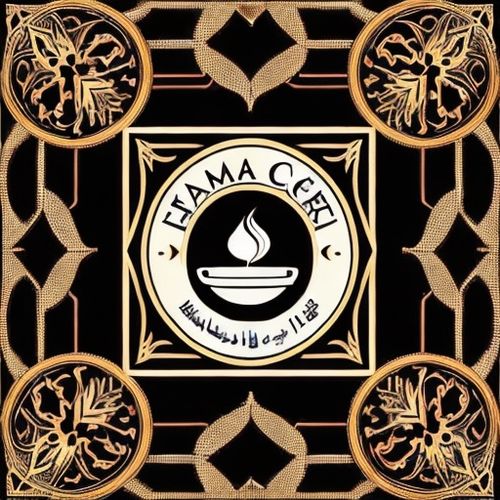
By James Moore/May 10, 2025

By Rebecca Stewart/May 10, 2025
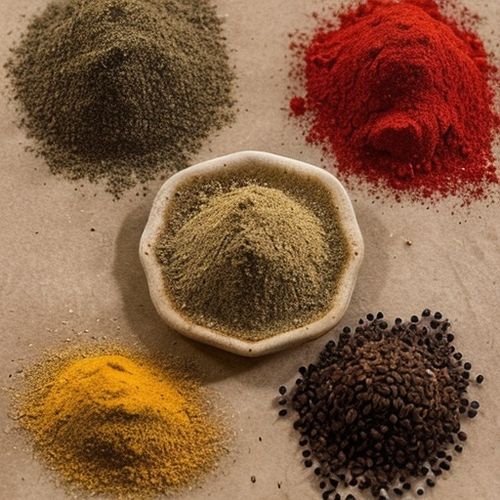
By Rebecca Stewart/May 10, 2025

By Thomas Roberts/May 10, 2025
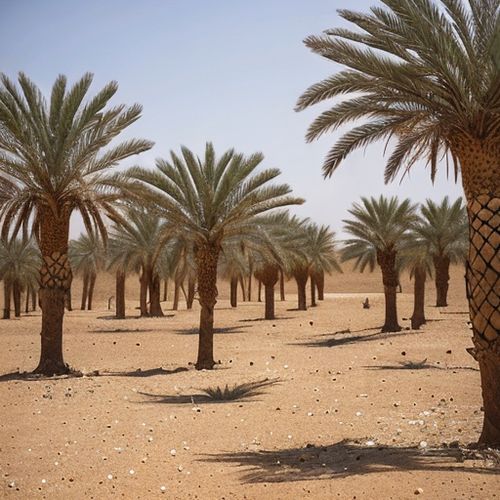
By Grace Cox/May 10, 2025
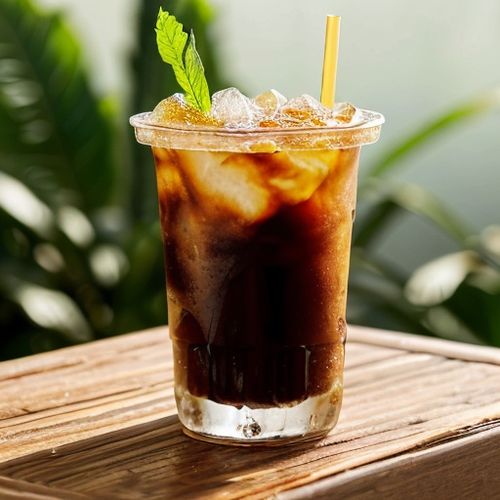
By Sophia Lewis/May 10, 2025
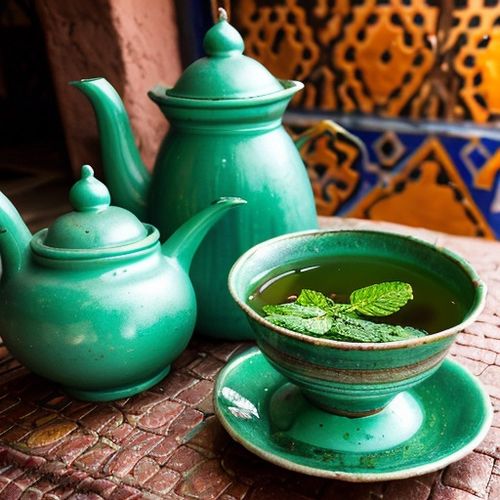
By Sophia Lewis/May 10, 2025
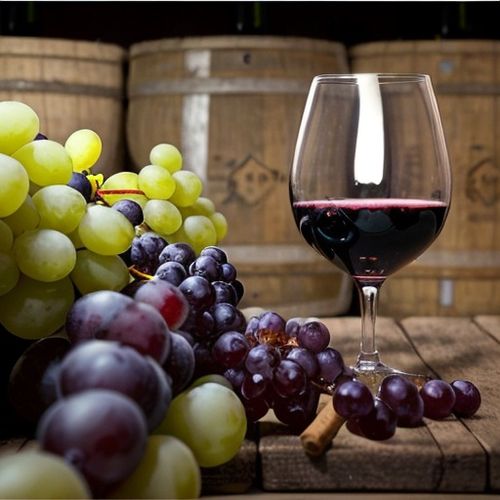
By Daniel Scott/May 10, 2025
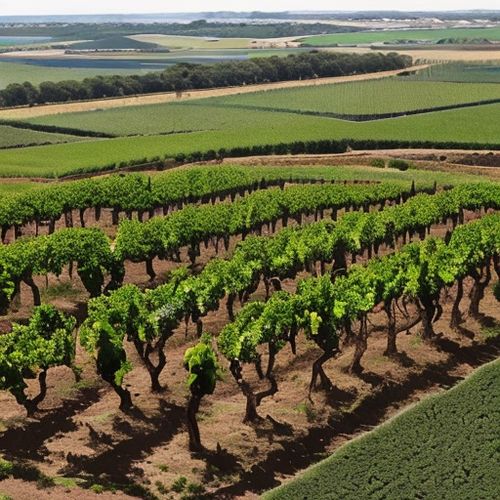
By Amanda Phillips/May 10, 2025
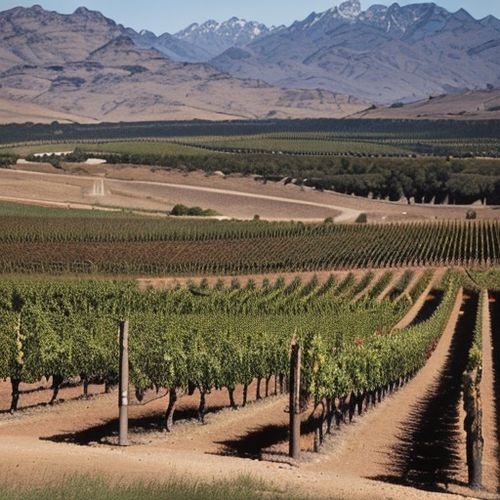
By Lily Simpson/May 10, 2025
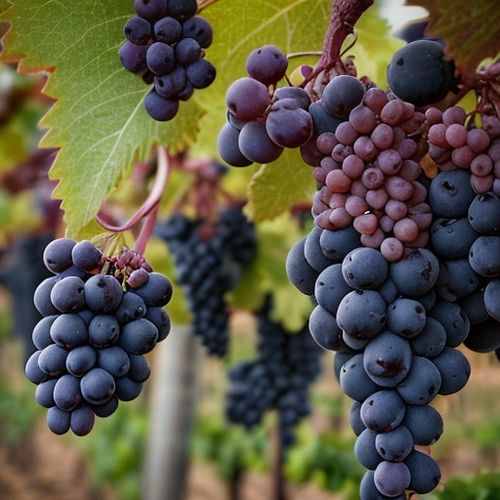
By Natalie Campbell/May 10, 2025
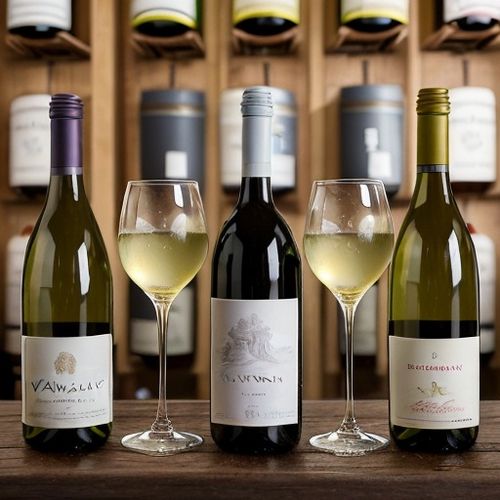
By Olivia Reed/May 10, 2025